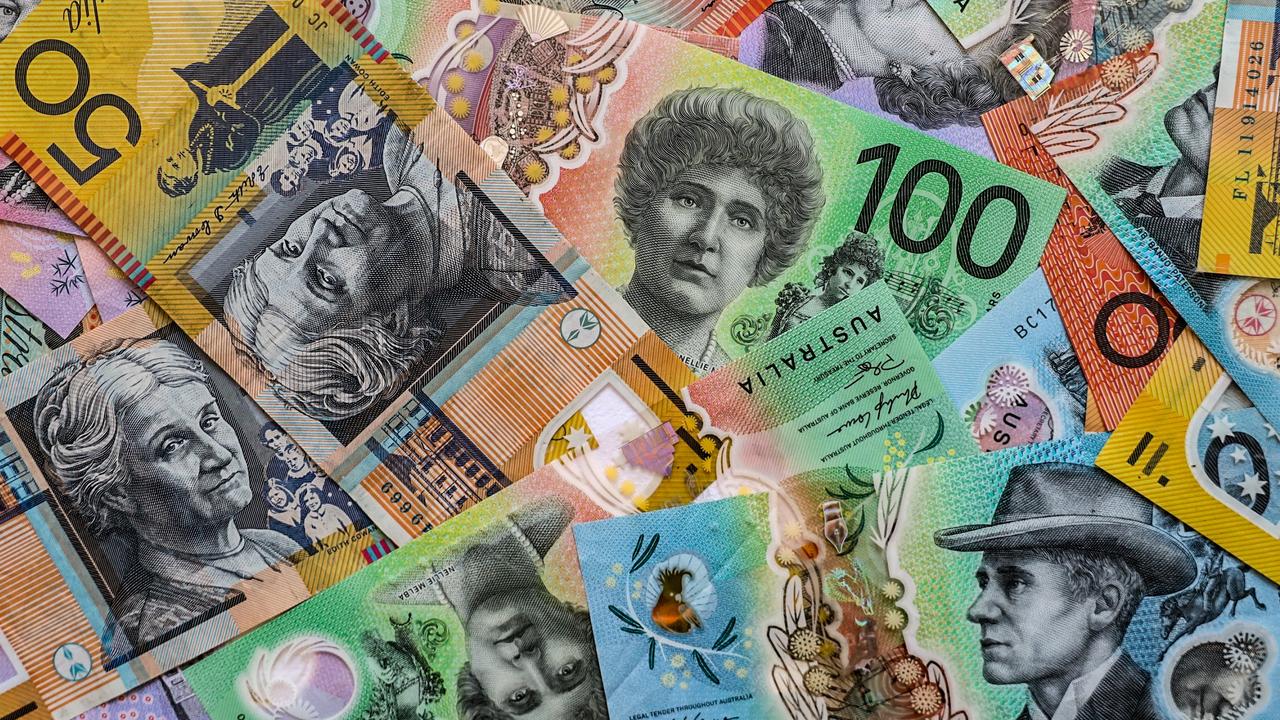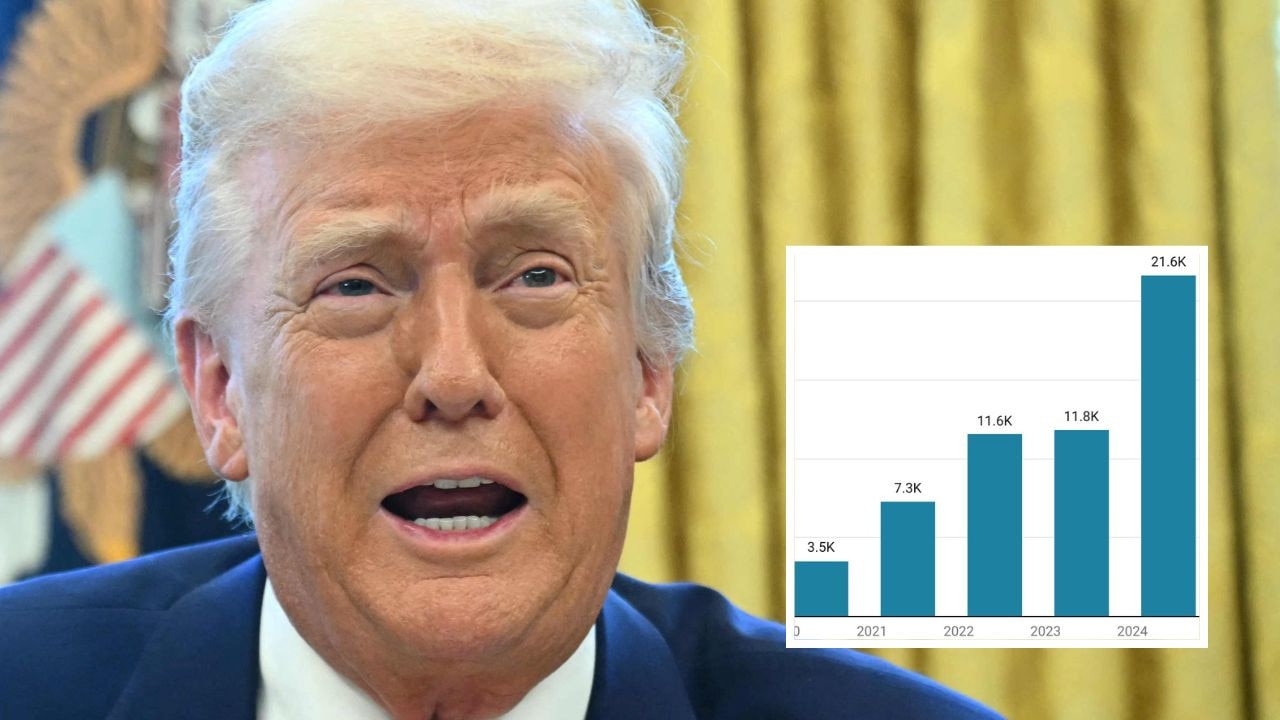Alarming detail missing in debate over $3 million superannuation cap
While the government’s move to more heavily tax super balances over $3 million generated endless headlines, there is one super figure you should care about.
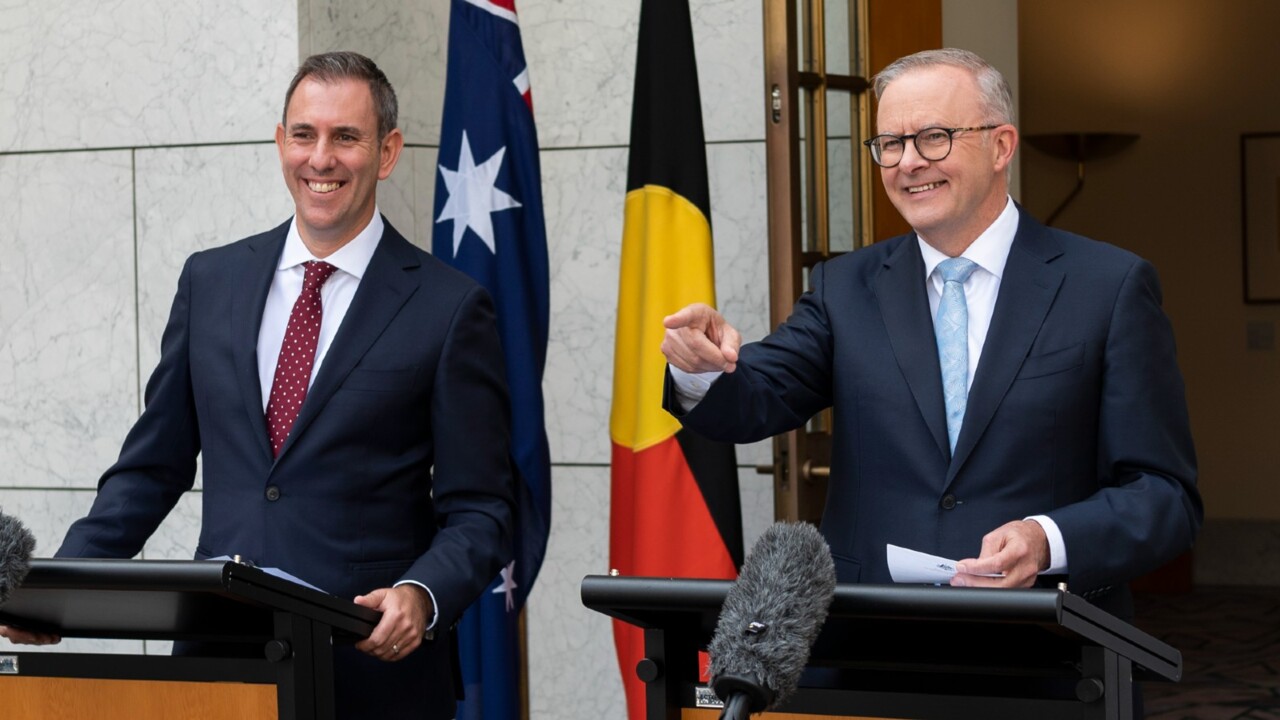
Super
Don't miss out on the headlines from Super. Followed categories will be added to My News.
Australians with superannuation balances over $3 million face a bigger tax rate in a few years time but there is one figure when it comes to retirement funds that should alarm people.
The typical woman is nearing retirement with almost $50,000 less than men in their superannuation pot, while women at all ages have about a quarter less super than men, shocking new research has revealed.
The median super balance for a woman in her early 60s is just $159,600, compared to the male median of $210,800, new analysis by Industry Super Australia (ISA) showed.
It's a problem that is country wide too with the data revealing that in all states and territories women’s super balances lag men.
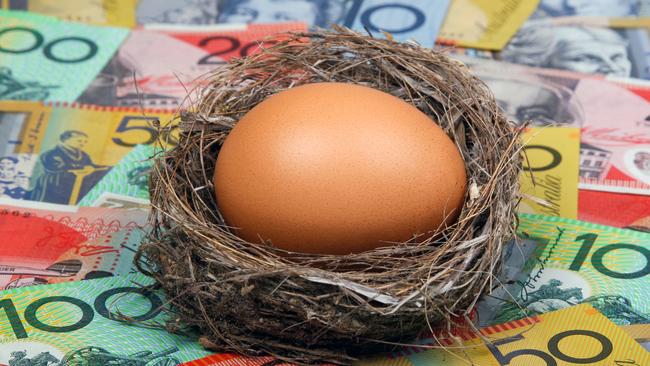
The gender divide is widest in Western Australia where the typical woman has 34 per cent less super than men and females have the lowest median super balance in Australia with just $45,500, compared to $69,300 for men.
NSW women have a gap of 24 per cent but the second lowest super balance at $45,900, while men have accumulated $60,300 into their retirement pot.
The Northern Territory has the third biggest gap at 27 per cent with women’s super balances on average $46,400, compared to $63,700 for men.
As a result, a number of organisations are calling on the Government to commit to closing the retirement savings gender gap using the tax revenue generated by the proposed $3 million cap on superannuation.
Labor has argued the reform is needed to improve the budget bottom line by saving $2 billion a year.

Super gap at all ages
Disturbingly, the super pay gap exists at all ages and is most prominent between 55-59 with a 36 per cent difference as women’s balances hit $125,200 compared to $195,000 for men.
While the gap is lower when women are in their twenties – sitting between 3 and 5 per cent – this blows out to 23 per cent by the time they reach 35-39 where females have on average $55,800 in their super fund compared to $72,200 for men.
It only gets worse from there with a 29 per cent gap between the ages of 40-44 with women’s super sitting at $73,500 – more than $30,000 less than men.
It jumps to a 33 per cent gap at ages 45-49 with men boasting $134,000 compared to women’s $90,300 and rises to 35 per cent by the time they are 50 to 54 with men raking in an extra $56,000 into their super pot.
As the genders near retirement, the gap sits at 24 per cent with men’s super balances having accumulated an extra $50,000 throughout their lifetime.
Alarmingly, without intervention the gender super balance will persist for at least the next four decades.
To help close this gap, ISA is calling for it to become mandatory for super to be paid on payday and superannuation contributions be made on the Commonwealth’s paid parental leave.
Unpaid super is a huge issue with one in five women impacted in 2019-2020, according to ISA.
Women missed out on a total of $1.3 billion in employer super contributions, while over the last seven years they have missed out on $10.8 billion.
About a third of women in their 20s earning less than $50,000 have been short-changed, it added.
By the time they retire, women can miss out on more than $40,000 in super savings due to these missing contributions and the lost compounded returns.
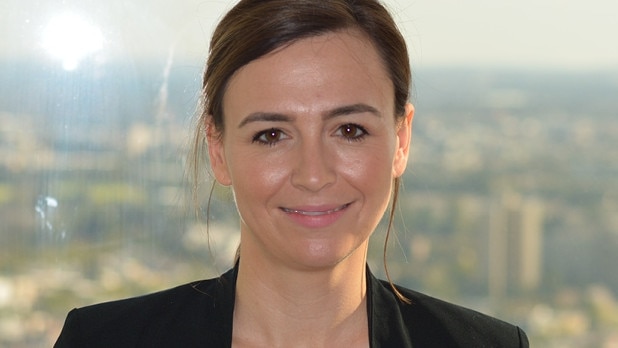
When super needs to be paid
Parental leave is also one of the only forms of leave where super is not paid, yet it would add an extra $14,500 at retirement for a mother of two.
“It is time the government bridged the gender super gap. It’s not acceptable that women are continuing to retire with balances persistently lower than what they need for an adequate retirement,” said Industry Super Australia advocacy director Georgia Brumby.
“The first step in making super fairer is to pay super on parental leave. It is a glaring inequity that leads to millions of mums being worse off retirement.
“Young and lower paid women are bearing the brunt of the unpaid super scourge – those least able to afford it. Cracking down on unpaid super will ensure these women get the early contributions they need for a more financially secure future.”
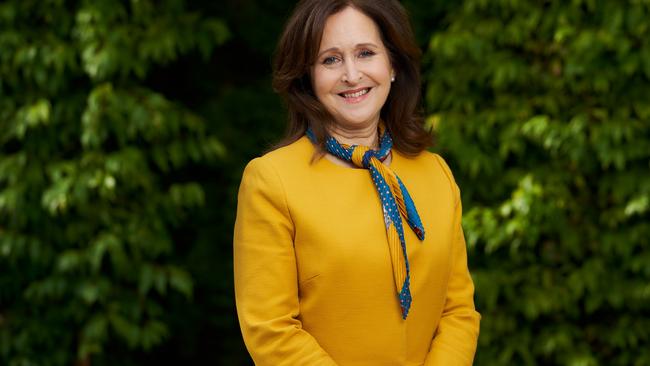
New independent modelling has revealed Australian mums have missed out on more than $2.8 billion in super savings at retirement from taking time out of the workforce to have children.
“The Federal Government’s decision to cut back super tax concessions for super account balances over $3 million is an important sustainability measure, but it is critically important that the government acts now to ensure these savings help deliver a fairer and more equitable super system,” said super fund Hesta CEO Debby Blakey.
“That’s why we’re calling on the Government to prioritise paying super on the Commonwealth Parental Leave Pay scheme and other important equity measures.
“Not paying super on parental leave pay sends a message that unpaid caring work is undervalued when in reality this work is indispensable to our economy and the wellbeing of families.”
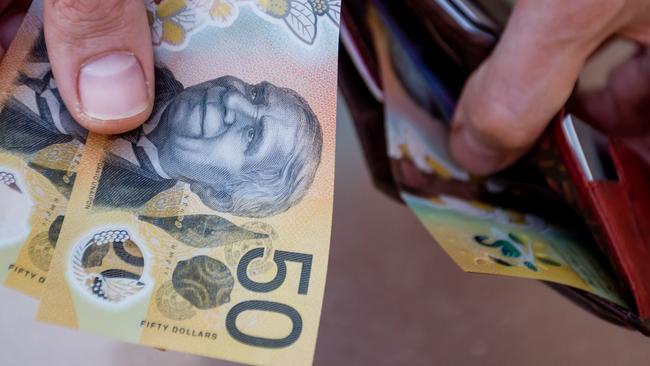
ASFA modelling found that the cost of superannuation on paid parental leave would be approximately $200 million and said this measure needs to be prioritised in the upcoming federal budget.
“There is strong support among Australians for policy action. Results of a recent ASFA survey show that more than 80 per cent of people agree that Government should try to boost the super balances of women who take time out of the workforce to have children,” said ASFA senior policy adviser Helena Gibson.
Super gaps around the country
Meanwhile, Queensland has one of the biggest gaps sitting at 29 per cent with women’s balances on average just $48,800 compared to $68,800 for men.
In other states, Victoria has a 21 per cent super gap with women’s balances at $47,900 while men boast $60,500, while South Australia women’s have just $51,700 comapred to men having almost $20,000 more at $71,500.
Tasmania has a 20 per cent gap with women’s balances sitting at $54,400 compared to $68,100 for men, while the ACT has the smallest difference at 15 per cent with females super balances at $72,100 compared to $84,900 for men.
Increasing the Low-Income Superannuation Tax offset to align with tax brackets and the rising super rate would benefit 900,000 women many working part time, added ISA.
Originally published as Alarming detail missing in debate over $3 million superannuation cap




